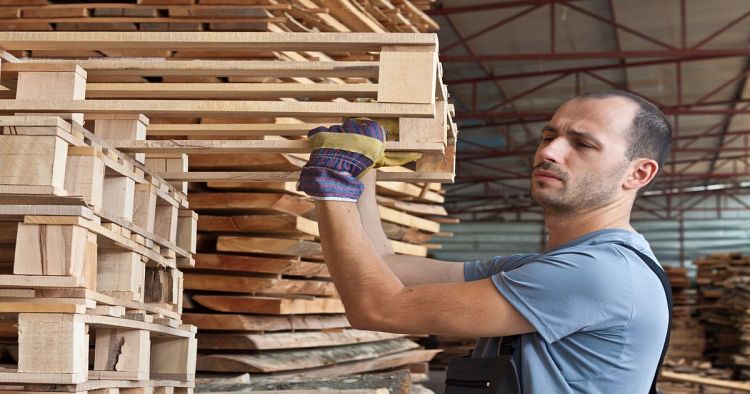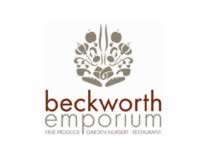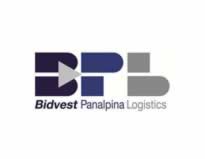How to Ensure ISPM 15 Compliance
The International Standards for Phytosanitary Measures No.15 (ISPM 15) is an enforcement policy for the heated treatment of wood used in shipping. With the UK leaving the European Union, from the 1st January 2021 the policy will be enforceable, and all UK panels must be treated accordingly.
What is ISPM 15?
For businesses to comply with ISPM 15, they must heat-treat wooden packaging they use to stop the spreading of contaminants, disease and pests between countries and preventing damage to ecosystems.
Although an international standard, the process is not strenuous or complicated providing you have the capabilities within your operation to undergo the process.
This guide outlines the process and regulations for meeting the policy requirements.
The Process
The first stage is to select the type of wood being used in the shipping. ISPM 15 allows for either new wood or recycled pieces to be treated in single or bundled quantities.
Exemptions to this:
- Wood is less than 6 mm wide.
- Already processed in a way to kill pests (Cigar, Wine box)
- Previously heat-treated wood which has not been retreated, reheated and still holds the regulating stamp.
Once the wood has been selected and assessed meeting the criteria for needing to be heat-treated, the wood must be debarked properly. Debarking wood is the process of removing bark which can be done by hand; however, this may be time-consuming, so using machinery may be more efficient.
It is essential to remove as much of the bark as possible; however, small isolated pieces are allowed providing they are less than 3cm wide or have a total service area less than 50mm.
Once the debarking process is complete, the wooden packaging needs to enter a heating solution to be heat treated. The temperature must be at least 56 degrees Celsius (132.8 degrees Fahrenheit) for 30 minutes.
The Stamp
It is only after the wood has gone through the previous stages can it be stamped with an internationally authenticated mark. It consists of the IPPC logo, the two-letter country organisation code (for the UK it is GB), the unique registration code, and how the wood has been treated.
It is important to list the registration code to demonstrate that you are complying with the standard. Through the registration code, the wooden packaging can be traced through the supply chain, which will establish credibility for the whole shipping process.
The four-letter treatment code (DB-HT) standing for De-Barked - Heat-Treated shows to inspectors how the wood has been treated. The ending code, HT, is subject to change to MB depending on if the fumigation has been conducted through Methyl-Bromide.
Providing no structural changes are made to the wood, the packaging can retain its ISPM 15 status indefinitely.
CRS Hot Box
Using heat-treatment opposed to methyl-bromide can prove to be a cost-effective yet extremely efficient solution as it is a one-time purchase or if able hire. The CRS hot box is a perfect solution for this reaching 60+ degrees Celsius controlled temperatures with non-slip floor and easy open doors.
They are available either new or refurbished and are available for long-term hire from 3-36-month periods. The solutions are designed for internal or external storage and can be customised to meet your business needs holistically.
Contact CRS Cold Storage today to discover how we can help optimise your supply chain, ensuring your wooden packaging complies with international regulations.













